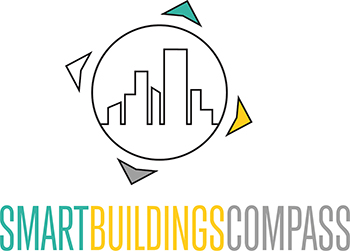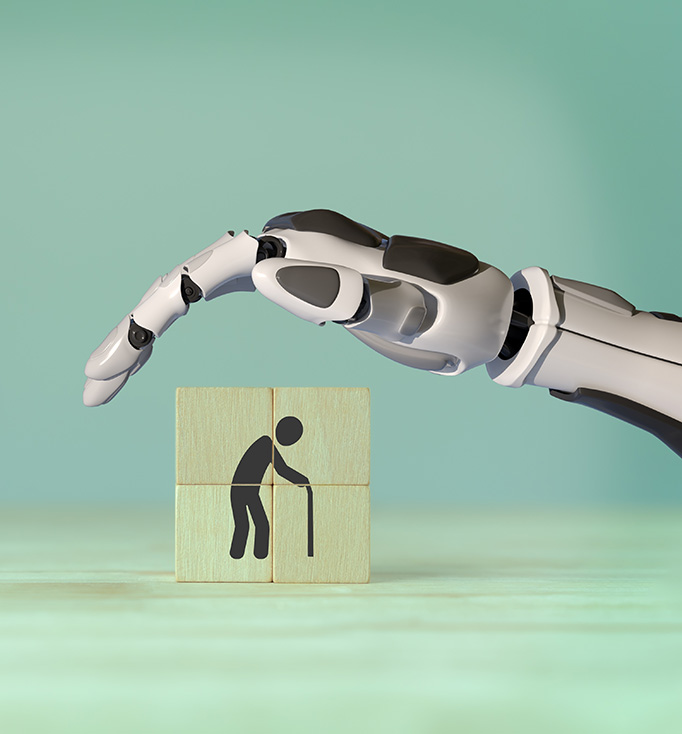The need for support in old age is increasing. We are not prepared for this: age-appropriate housing is in short supply and there are not enough outpatient assisted living or care places. In view of the shortage of skilled workers and money, care is increasingly being provided at home and by the family. This increases their financial and organizational burden.
Concepts and tools for relief and support are hardly or not at all known. But they already exist on the market: Your solutions and services! However, many of these products and solutions are not visible enough. In addition, digital health literacy is poorly developed.

🧭 How we bring your solutions to the right customers
Your solutions need visibility, your customers need orientation. This is exactly where SmartBuildingsCompass.com comes in:
- We provide orientation. What products are available, how do they work and where can I get them? => We make your solutions visible.
- We translate innovation into everyday life. We explain and evaluate technologies from a practical perspective and make them understandable. => We explain why your solution is needed.
- We combine knowledge with people and strengthen digital health literacy. We shed light on the social, psychological and care aspects and promote digital self-determination. => We help break down the barriers.
🧭 More visibility. More turnover. More success.
- We offer targeted advertising opportunities in a growth market. Highly qualified traffic and visibility ensures measurable leads.
- We achieve more together through strategic partnerships and collaborations: We shape discussions and developments in a field of innovation and build trust. At the same time, we spread the financial and organizational burden of further developing the market across many shoulders.
- Planned for the near future: Webshop and affiliate marketing. We are the digital sales partner for assistance solutions. With product presentations that meet the needs of end consumers in a targeted manner.
🧭 Systematic sales & communication: We make your solutions saleable.
We have been active in the AAL sector for several years. We therefore understand your products and solutions, the business model and your challenges. Combined with our communication and digital marketing expertise, we can help you sell your solutions in this market of the future.
Marketing newsletter for companies
PARTICIPATE!
Systematic sales & communication
We support you with:
- Texting & structure of your SBC presence
- Strategy development for comm & marketing
- Research
- Google Ads
- customized SEO strategies
- UX optimization for older target groups
- Development of an easy-to-use consulting ChatBot/CustomGPT
- Event management
We think strategically, sales-driven and data-driven – and turn the visibility of your products into a growth driver.
Contact us for an initial consultation at sales@sbc.co.at!
Mag. (FH) Anja Herberth
Management Consultant
Managing Director owl lab e.U.
Hard working girl. Tech-savvy. Curious. Analytical and strategic thinker.
There are many challenges, and I want to be part of the solution.
Mag. Rene Detter
Digital marketing expert
Certified business trainer
Outdoor coaching
René Detter builds digital sales machines that automatically acquire, qualify and convert new customers - data-driven, AI-supported and with maximum ROI.
Mag. Doris Spiegl
Agency for communication strategy, brand development & visibility
As an independent consultant, she has been helping companies, EPUs and personalities to increase their visibility since 2013. She accompanies projects holistically: from positioning and media work to implementation in campaigns.



